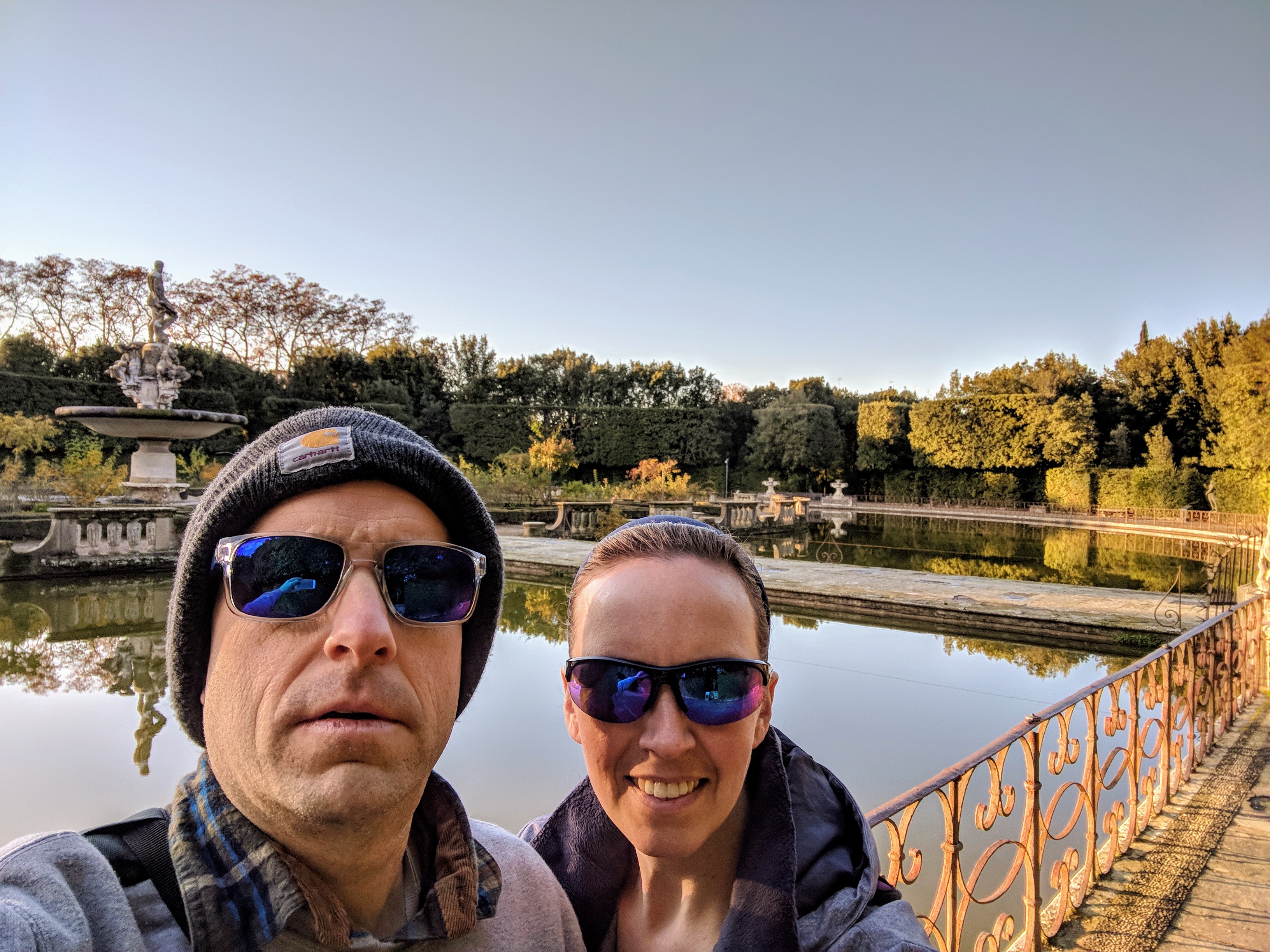Boboli Gardens
Thu Nov 30, 2017 2:42 pmWe marinated in the stunning views of Boboli Gardens behind Palazzo Pitti.
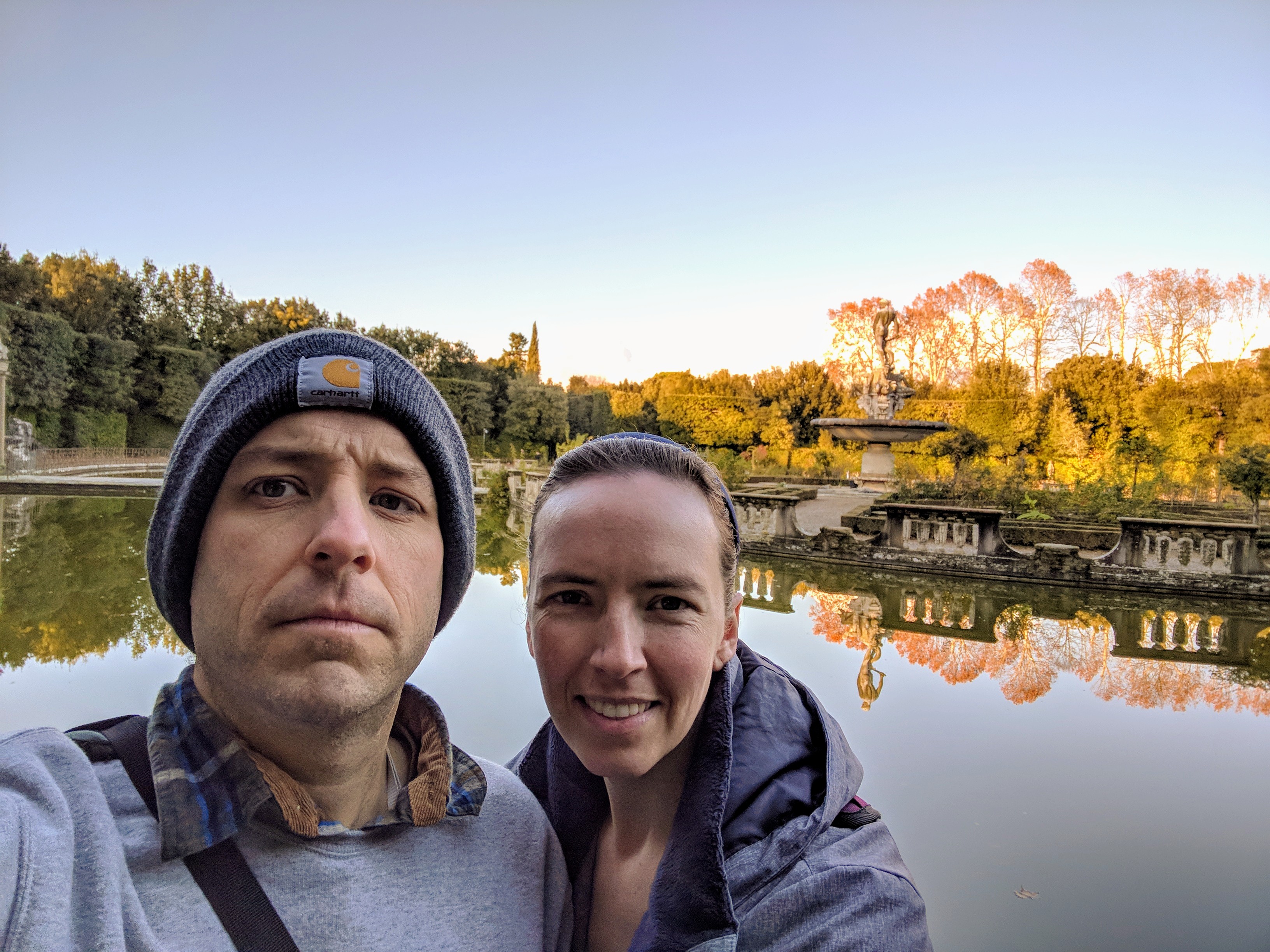
Fontana dell’ Oceano contains statues by Giambologna of Neptune, and river deities for the Nile, Ganges, and Euphrates.
Giambologna was a sculptor of the Late Renaissance in Florence. He actually produced four different version of Mercury, the God of Commerce.
Giambologna was never allowed to leave Florence. Presumably his most famous sculpture is Rape of the Sabine Women in the Loggia in Florence. According to mythology, the first inhabitants of Rome acquired wives for themselves by conquest and force.
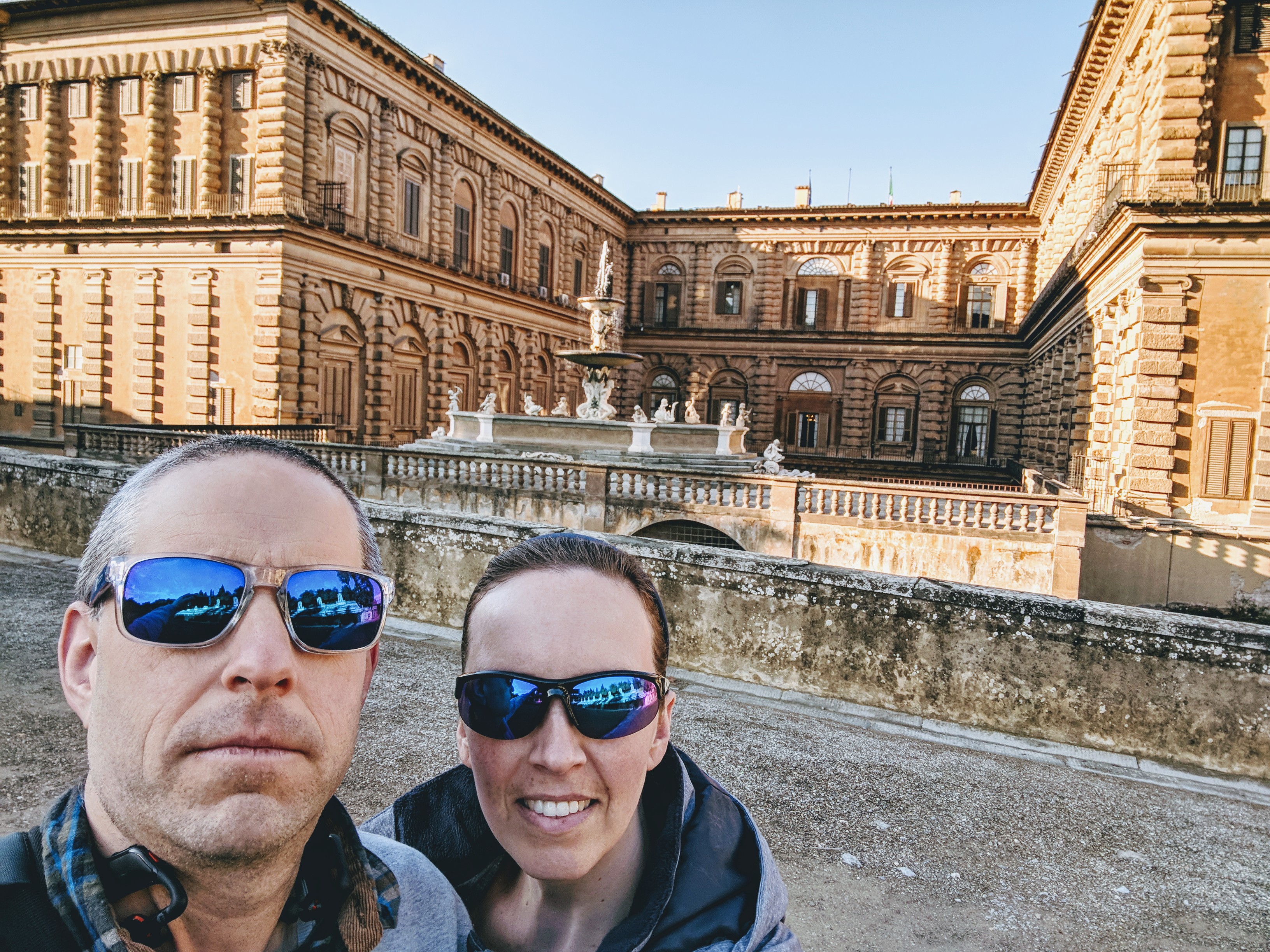
The Medici were not the first inhabitants of Palazzo Pitti, moving in in 1549, but they did build Boboli Gardens. Fountain of the Artichoke was apparently built in 1641, which would be the Baroque Era.
Contrast Baroque with Renaissance. Baroque art is like Renaissance art in terms of anatomical detail and three-dimensionality. But whereas Renaissance art pursues realism and stability, Baroque embraces fantasy. I might be wrong, but I think of Baroque as a stepping stone between Mannerism and Rococo, as though there is a linear progression from the realism of the Renaissance to the extreme fleshy fantasy of Rococo.
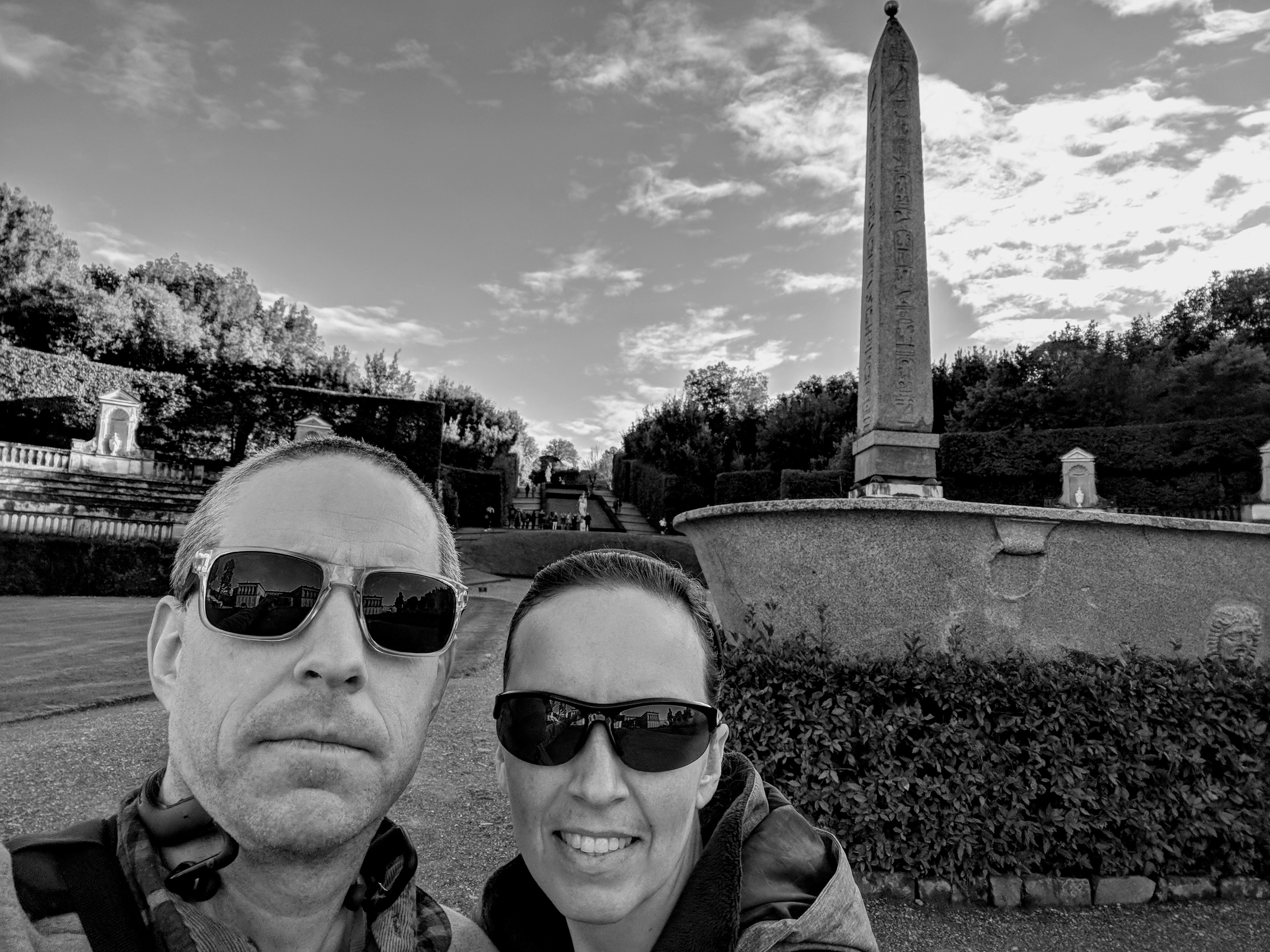
I’m a big fan of Obelisks. Boboli Obelisk came originally from the Temple of Ramses II in Egypt.
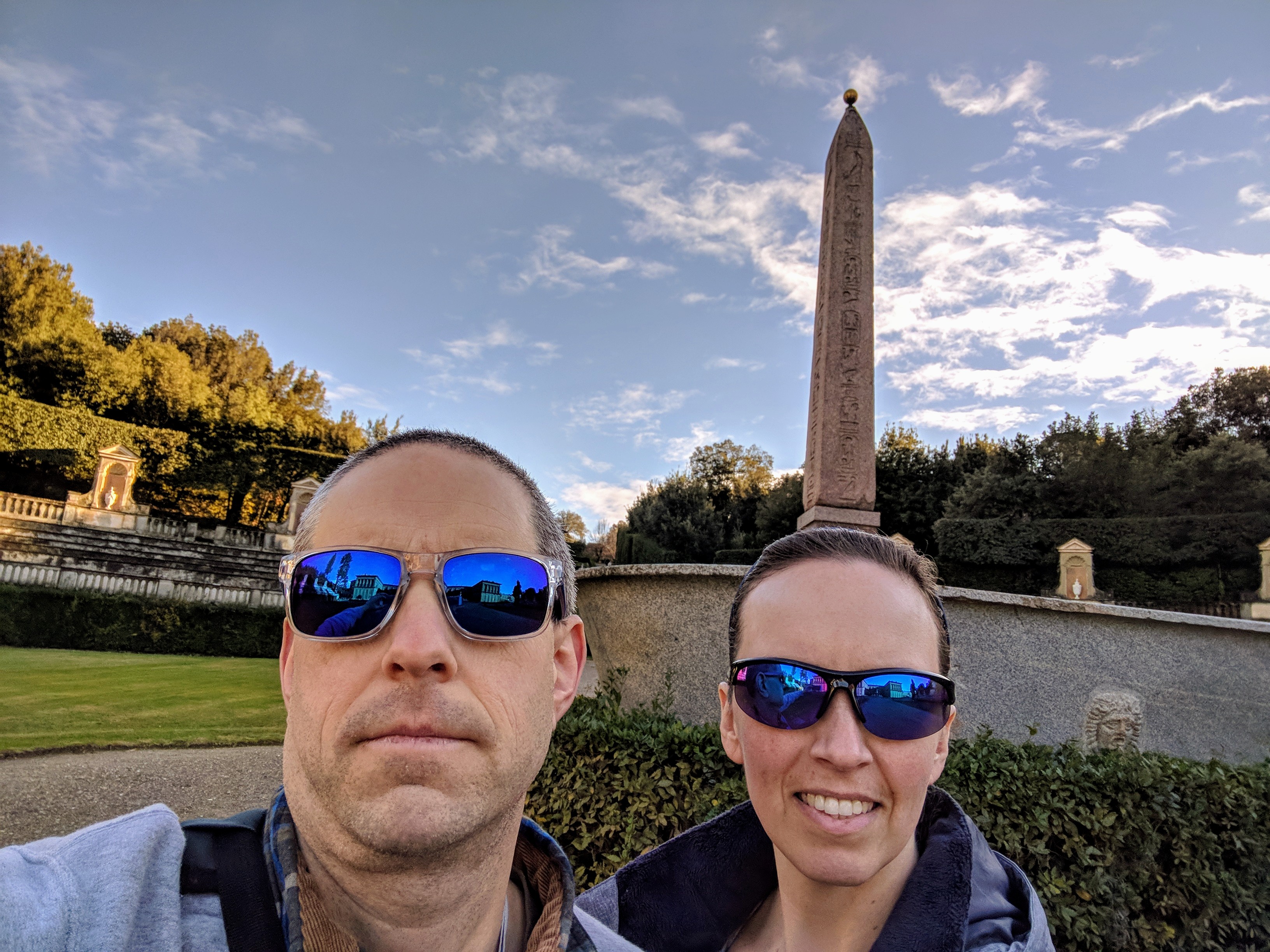
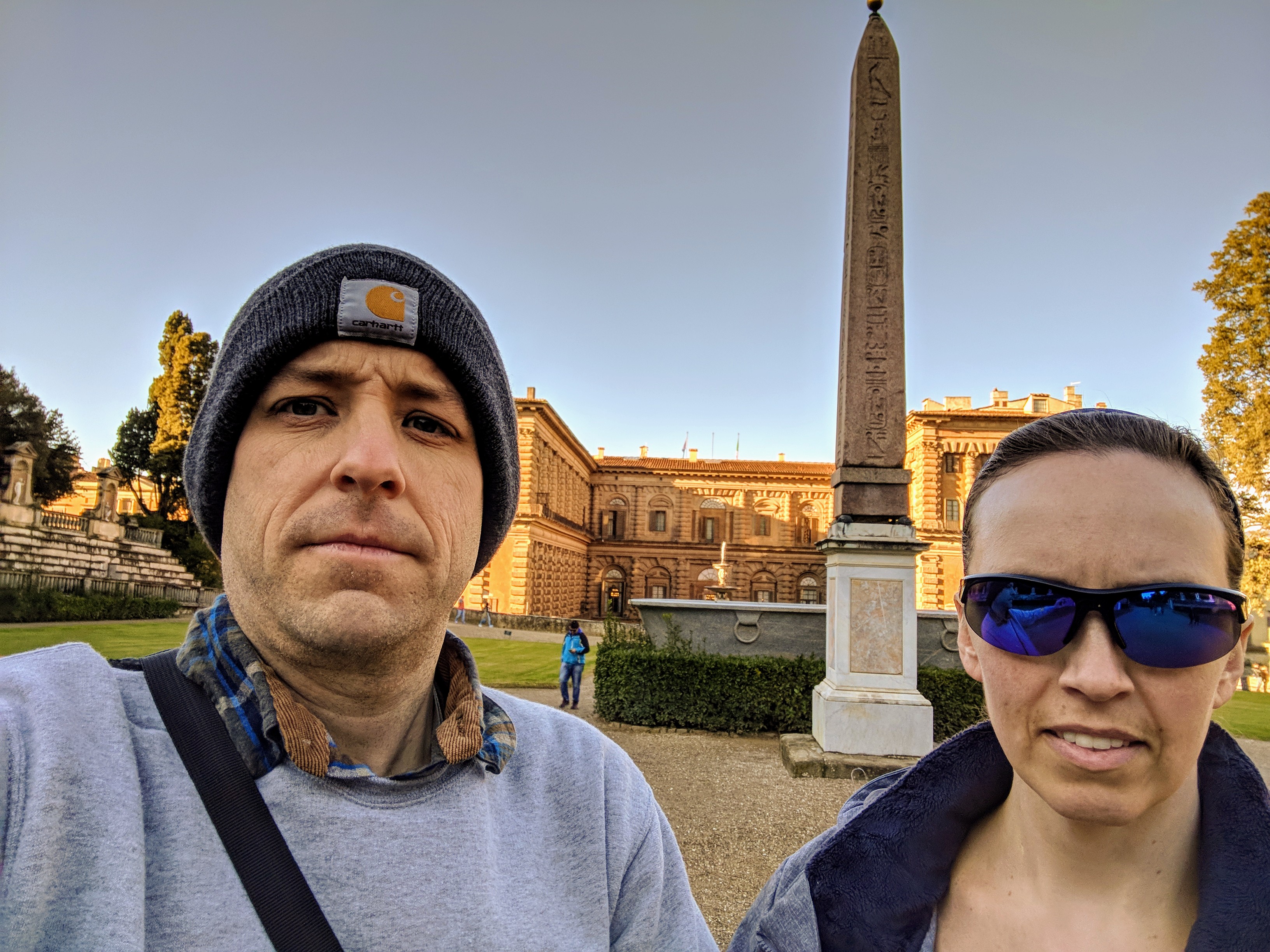
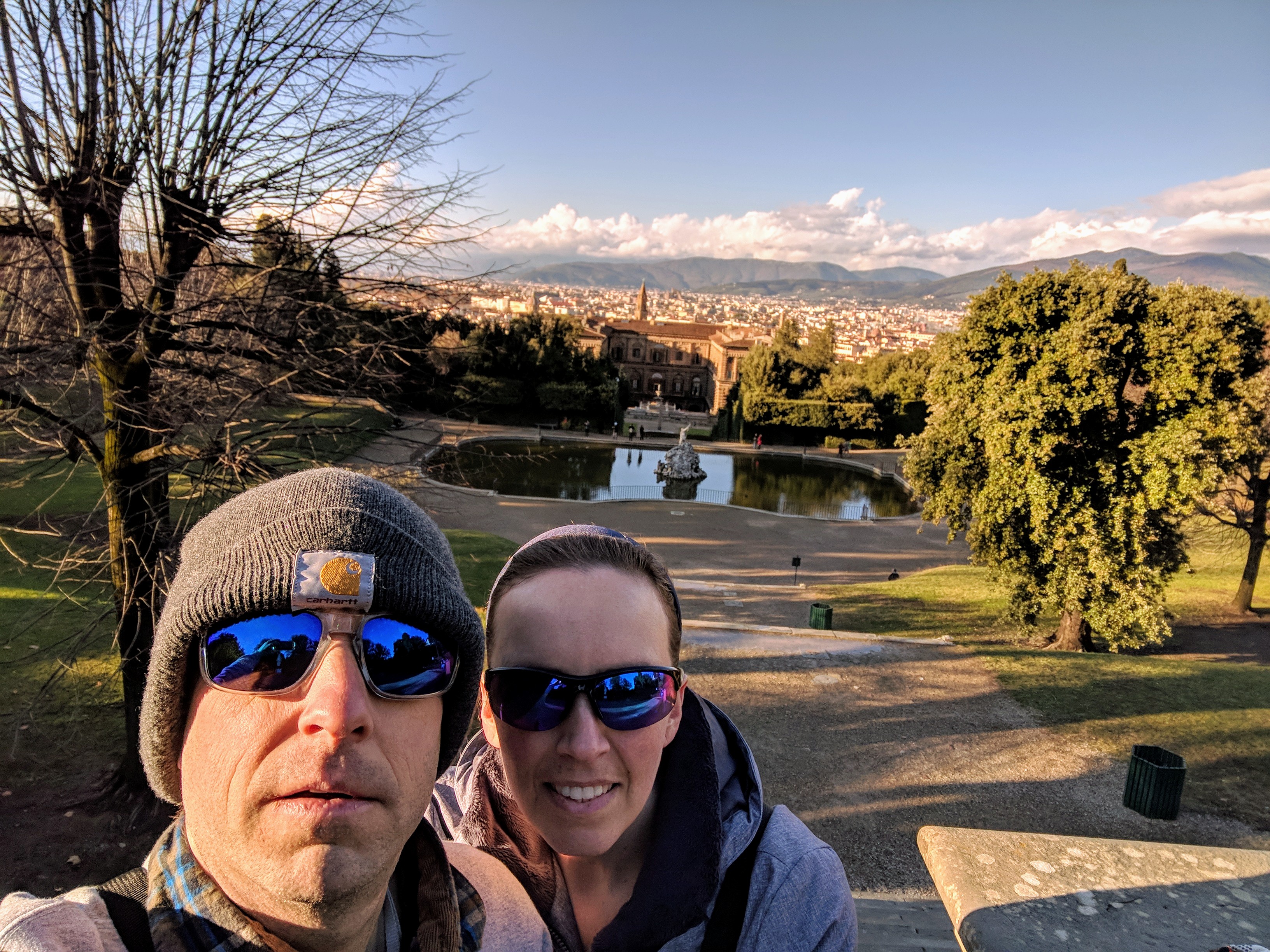
This view overlooking the Fountain of Neptune, is taken from the top of the Amphitheatre, near the Porcelain Museum.
